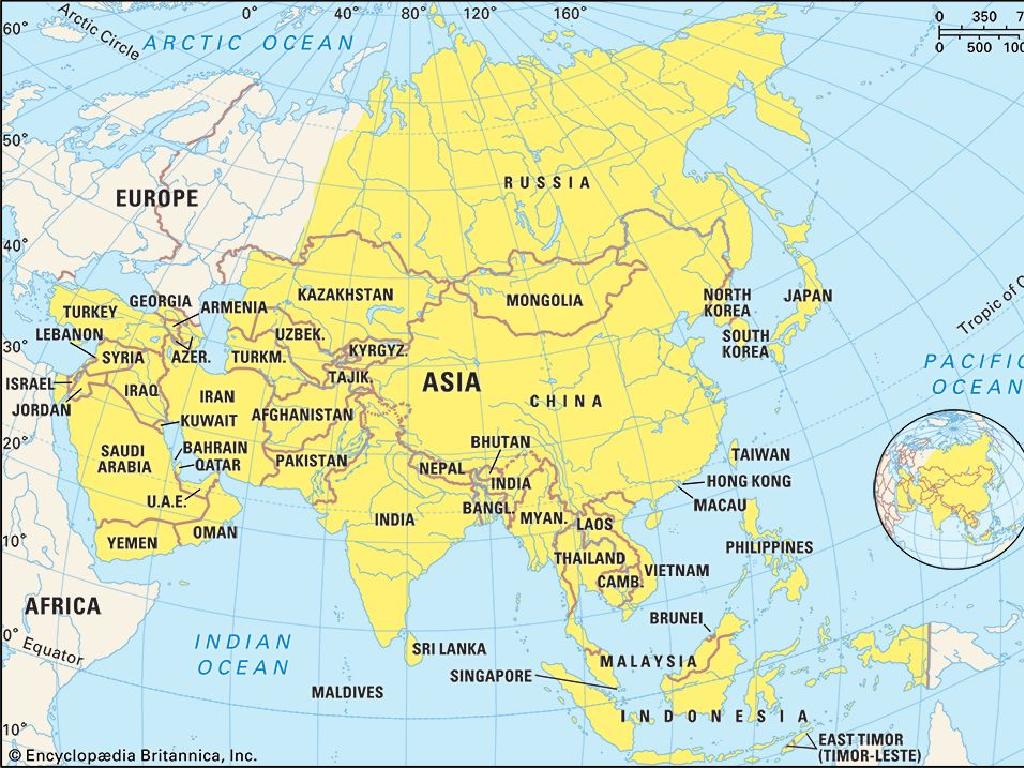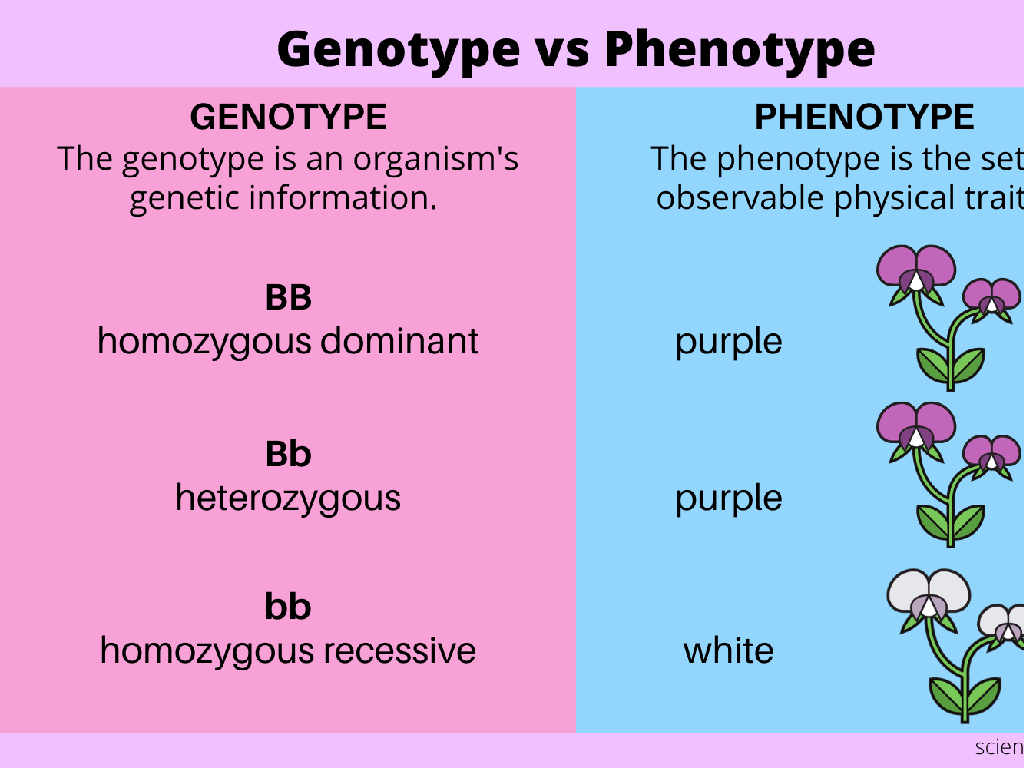The American Revolution: Conclusion And Aftermath
Subject: Social studies
Grade: Fourth grade
Topic: The American Revolution
Please LOG IN to download the presentation. Access is available to registered users only.
View More Content
The American Revolution: Conclusion and Aftermath
– Recap of the Revolution
– A quick review of the key events and battles that led to the end of the war.
– War’s conclusion
– The signing of the Treaty of Paris in 1783, which recognized American independence.
– Aftermath explained
– Aftermath refers to the events that follow a significant occurrence, in this case, the end of the war.
– Impact on America
– Changes in government, society, and how it shaped the new nation.
|
This slide introduces students to the final stages of the American Revolution and its lasting effects. Begin with a brief recap of the war, highlighting major battles and turning points. Explain the conclusion of the war, emphasizing the Treaty of Paris and its significance in recognizing American independence. Define ‘aftermath’ in a way that’s understandable for fourth graders, and discuss the changes that occurred after the war, including the impact on American society and government. This will help students grasp how the war’s end led to the birth of the United States as an independent nation.
The Final Battles of the American Revolution
– The Siege of Yorktown
– Last major battle where American & French forces surrounded British.
– General Cornwallis’s role
– He was the British commander who surrendered at Yorktown.
– Path to American victory
– The siege led to the British defeat and the end of the war.
|
This slide focuses on the culmination of the American Revolution with the Siege of Yorktown being the decisive confrontation. General Cornwallis played a significant role as the British commander whose surrender essentially ended the conflict, leading to American independence. It’s crucial to explain the strategic importance of the siege and how the collaboration between American and French forces was pivotal to victory. Encourage students to consider the impact of this victory on the formation of the United States. Use maps to illustrate the siege and discuss the terms of the British surrender to make the historical moment more relatable.
The Treaty of Paris 1783: Shaping a Nation
– What was the Treaty of Paris?
– It officially ended the American Revolution.
– Key terms of the treaty
– America gained independence, land, and fishing rights.
– Treaty’s impact on America
– America expanded its territory and gained sovereignty.
– Britain’s changes post-treaty
– Britain recognized American independence and lost territory.
|
The Treaty of Paris 1783 was a significant document that officially ended the American Revolution. It’s important for students to understand the key terms of the treaty, such as the recognition of American independence, the establishment of borders, and fishing rights. Discuss how the treaty affected America by granting it more land and sovereignty, which allowed the new nation to grow and prosper. Also, explain how Britain had to recognize American independence and deal with the loss of its colonies. Use maps to show territorial changes and discuss the long-term effects of the treaty on both nations.
Life After the American Revolution
– Society changes post-war
– Freedom and rights expanded, but not for all
– Impact on politics and governance
– Creation of a new government system
– Post-war challenges
– Economic struggles, forming a nation
|
This slide aims to help students understand the significant transformations that occurred in American society following the Revolutionary War. Emphasize that while the war brought independence and expanded rights for many, these changes were not universal, with Native Americans, women, and enslaved people still facing significant challenges. Discuss the establishment of a new political system, including the Articles of Confederation and later the Constitution, highlighting how these documents laid the foundation for American governance. Address the economic and social difficulties the new nation faced, such as paying war debts and establishing international credibility. Encourage students to think critically about how these challenges were addressed and the long-term effects on American history.
Formation of a New Nation
– Articles to Constitution transition
– First a loose group of states, then a united nation under a strong Constitution.
– Crafting a new government
– Delegates worked together to build a government based on democracy and laws.
– The Founding Fathers’ influence
– Leaders like Washington and Jefferson shaped our nation’s early days.
– The Constitution’s significance
– It’s the supreme law that still guides America today.
|
This slide introduces the critical period in American history when the United States transitioned from the Articles of Confederation to the Constitution. Emphasize the shift from a loose association of states to a more structured federal system with a strong central government. Discuss how the Founding Fathers, including George Washington and Thomas Jefferson, played pivotal roles in the creation of the new government. Highlight the Constitution’s lasting importance as the foundation of American law and governance. Encourage students to think about how these changes might have felt for people at the time and why the Constitution is still relevant today.
Role-Play: Treaty of Paris Negotiations
– Divide into American and British teams
– List each team’s treaty demands
– Negotiate terms between teams
– Class discussion on the activity
– What did we learn about compromise and history?
|
This class activity is designed to engage students in a role-play to understand the negotiation process of the Treaty of Paris, which ended the American Revolution. By dividing the class into two groups representing the American and British negotiators, students will learn about the perspectives and interests of each side. Each group will list their demands, which could include territory claims, trade agreements, and political recognition. Through negotiation, students will attempt to reach an agreement, simulating the historical event. After the activity, lead a discussion to reflect on the challenges of negotiation, the importance of compromise, and the historical significance of the treaty. Possible variations of the activity could include assigning specific roles within each team, such as head negotiator or advisor, to further immerse students in the experience.






